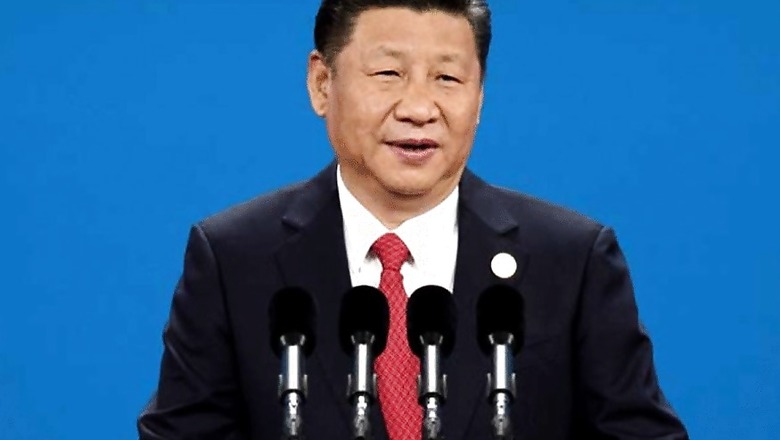
views
India boycotted the first international summit on Belt and Road Initiative Forum hosted by China on 14-15 May, 2017 to showcase to the world the potential of the OBOR initiative. However, India’s bitter opposition to OBOR continues. Here are a few facts about OBOR which are not very well known.
1. When in September 2013 Chinese President Xi Jinping announced in Astana, Kazakhstan his dream project One Belt, One Road (OBOR), he was recreating an ancient Chinese marvel going back to two millennia. Some 2,000 years ago, China’s imperial envoy Zhang Qian played a key role in setting up a marvel called the Silk Road, a network of trade routes that linked China to Central Asia and the Arab world. The trade and cultural route was named after ancient China’s most important export of that time —silk. The silk road shaped the trading and cultural destinies of the entire region for hundreds of years like never before.
2. President Xi has embarked upon recreating that ancient Chinese magic in today’s world riven with conflicts, limited wars, insurgency, terrorism and, last but not the least, a world driven by diplomatic rivalries and cloak-and-dagger one-upmanship games. The OBOR, which seeks to create a network of railways, roads, pipelines, and utility grids that would link China and Central Asia, West Asia, and parts of South Asia, is much more than physical connections. It has a force multiplier effect as it aims to create the world’s largest platform for economic cooperation, policy coordination, trade and financing collaboration, and social and cultural cooperation.
3. OBOR has two main components: the Silk Road Economic Belt and the 21st Century Maritime Silk Road. While the former envisions three routes connecting China to Europe (via Central Asia), the Persian Gulf, the Mediterranean (through West Asia), and the Indian Ocean (via South Asia), the latter is planned to create connections among regional waterways.
4. More than 60 countries, with a combined GDP of $21 trillion, have expressed interest in participating in OBOR.
5. China already has some practical achievements under its belt as it has signed bilateral cooperation agreements related to the project with Hungary, Mongolia, Russia, Tajikistan and Turkey.
6. Ongoing projects in multiple locations include a train connection between eastern China and Iran that expanded to Europe. There are also new rail links with Laos and Thailand besides high-speed-rail projects in Indonesia.
7. China’s Ningbo Shipping Exchange is collaborating with the Baltic Exchange on a container index of rates between China and the Middle East, the Mediterranean, and Europe. More than 200 enterprises have signed cooperation agreements for projects along OBOR’s routes.
8. In 2014, China established the $40 billion Silk Road Fund to finance these initiatives and has made investments in several key projects which are just the start as OBOR enters a new stage of more detailed and comprehensive development. Soon the world will see development of six major economic corridors: (1) the New Eurasian Land Bridge, (2) China–Mongolia–Russia, (3) China–Central Asia–Western Asia, (4) Indo-China Peninsula, (5) China–Pakistan and (6) Bangladesh–China–India–Myanmar. These corridors will be created through the use of rail, roads, waterways, air, pipelines, and information highways.
9. China’s Silk Road Fund will increase funding by 100 billion yuan, Chinese banks will extend 300 billion yuan in overseas capital, the China Development Bank will splash out 250 billion yuan, and the Export and Import Bank of China will add 130 billion yuan in special loans to Belt and Road projects. In all, Xi Jinping pledged at least 780 billion (US$113 billion) in extra funding for the plan.
10. China has proclaimed its OBOR strategy to be an inclusive one which seeks to take along all partners in a spirit of mutual cooperation. President Xi articulated his vision thus in his key note speech at the first BRI International Forum hosted by China on 14-15 May 2017: “History is the best teacher. The history (of the ancient Silk Road) showed us that we can move along with mutual respect and development and towards the future of happiness, peace and harmony if we bravely walk the first step…The countries along the ancient Silk Road were once placed with milk and honey, but now are full of turbulence, conflicts, and crisis. Such conditions must be addressed. We must have mutual cooperation, and a sustainable security outlook, try to tackle hot issues and insist on a political resolution.”
Rajeev Sharma is a strategic analyst and columnist who tweets at @Kishkindha (views are personal)

















Comments
0 comment